- PlanHub
Let’s take a detailed look at the steps required to bid drywall work.
1. Choose the right project
Before quoting a drywall project, you must know the best projects to bid for your company. Subcontractor bidding sites like PlanHub can help you find more projects that fit both your skills and location.
2. Review bid documents or make a site visit
For new drywall installation, construction, and other commercial projects, you will most likely be responding to an invitation to bid (ITB), a request for qualifications (RFQ), or a request for proposals (RFP). All of these will include the construction project plans and specifications that describe and show the scope of work to be performed. The specifications provide information on the materials to be used and how the work is to be performed.
If the construction project is a remodel or renovation, you will probably want to make a site visit to preview the working conditions. You’ll need to include the construction job costs for lifts or scaffolding to reach the ceiling. You can also confirm measurements while at the small job site.
3. Perform a quantity takeoff
A quantity takeoff or material takeoff is a count of the materials and supplies needed to complete the specified work. It includes things like drywall, drywall tape, drywall mud, etc. Measure the length of each wall assembly and multiply it by the ceiling height to get the total area to receive drywall. You’ll then divide that area by 32 to determine how many 4’x8’ sheets of drywall you’ll need. Be sure to add some extra for waste. Don’t forget to add costs for drywall tape and drywall mud. When you are finished with the takeoff, you should have a complete list of the materials and equipment needed to complete the drywall installation project.
4. Price your materials and supplies
The next step is to price the materials. Some questions a builder should ask a client should vary from “what is your budget or how much are you willing to spend.” Then contact your local supplier to get pricing for the small job. It pays to request pricing as soon as possible, as it can take a while to get a quote.
5. Estimate labor
Next, you’ll need to estimate the amount of labor it will take to perform the project. The most common and accurate way to estimate labor is to use past project data. This involves using the drywall installation cost and labor data you’ve gathered from previous projects to estimate how long a potential project will take. If you don’t have past project data to help you as a general contractor determine how long it will take, you can use a labor guide, like RSMeans. Guides give you an estimate of how long it will take to perform specific tasks or install specific materials, as well as help with average labor rates.
6. Add overhead and profit
Company overhead includes expenses not directly related to performing project work, but that is required to keep your business running. If you don’t know what your overhead percentage is, consult with an accountant. Profit is usually calculated as a percentage of the total cost of the job.
7. Write your proposal
It’s a best practice to create a standardized form for all your proposals to ensure you’ve included everything. For more information about what a proposal should include, see our article “What Should a Construction Bid Look Like?”.
Finding the right job for you
In order to maintain a successful drywall business, you must always be searching for new work. PlanHub helps you find drywall bidding opportunities in your service area quickly and easily and provides beneficial construction marketing ideas. Once you’ve found a job that fits your skills, use the steps above to write a winning proposal.
If you’re a drywall contractor and you want to see how PlanHub can help you expand your business, contact us today.
Resources
Subcontractor & Contractor Proposal Template for Winning Projects
Subcontractor & Contractor Proposal Template for Winning Projects Executive SummaryA strategic subcontractor and contractor service proposal template helps your business stay organized and efficient while
How To Estimate Construction Costs in 2026
Executive Summary Construction cost estimates play an integral role in submitting accurate bids as well as setting the foundation for a successful project.Carefully assess the type
How Real-Time Data Helps Suppliers Win More Bids
In today’s construction market, one thing is clear: suppliers can’t afford to operate in the dark. Manufacturers, distributors, wholesalers, retailers, and supply-and-install firms are under constant pressure

